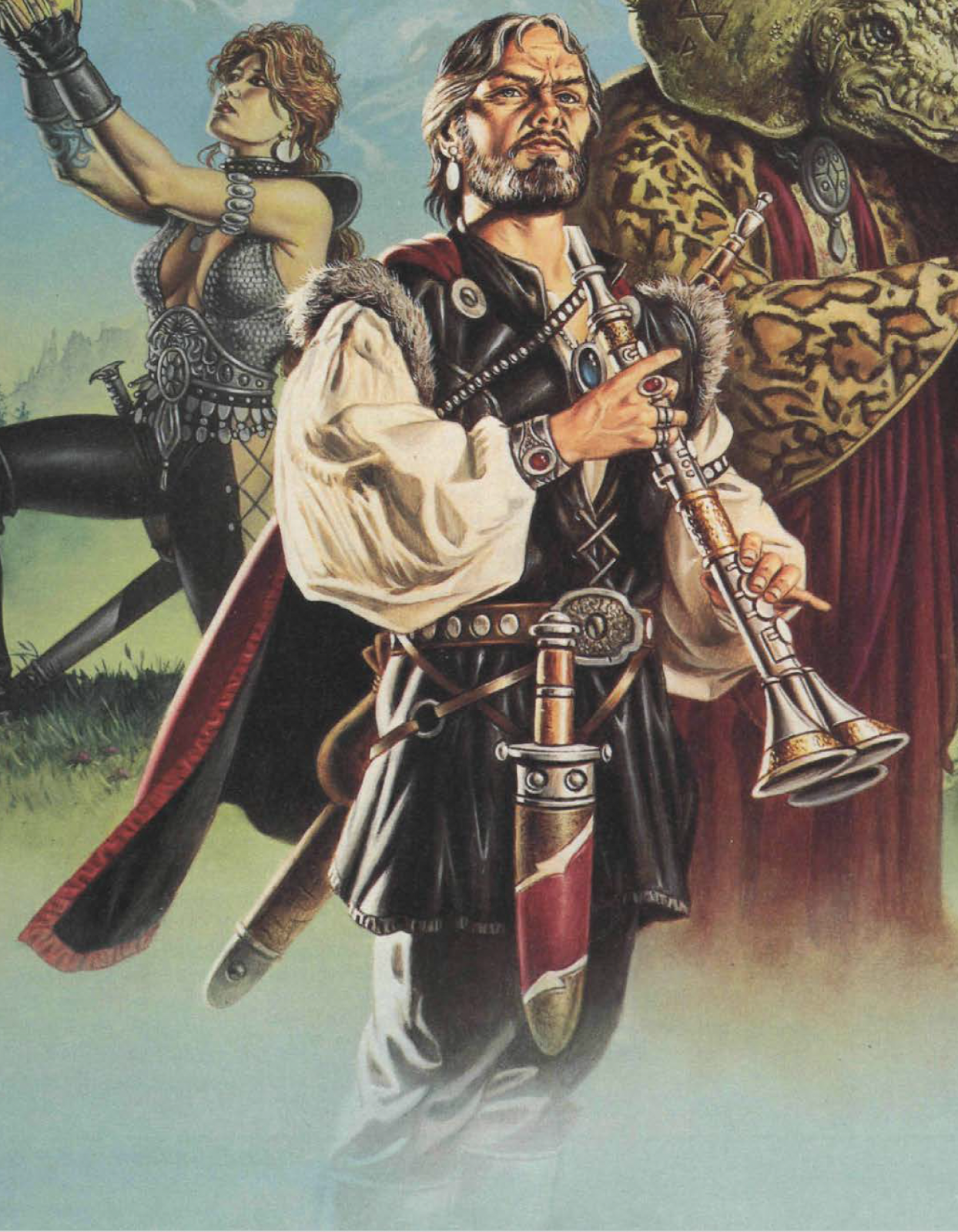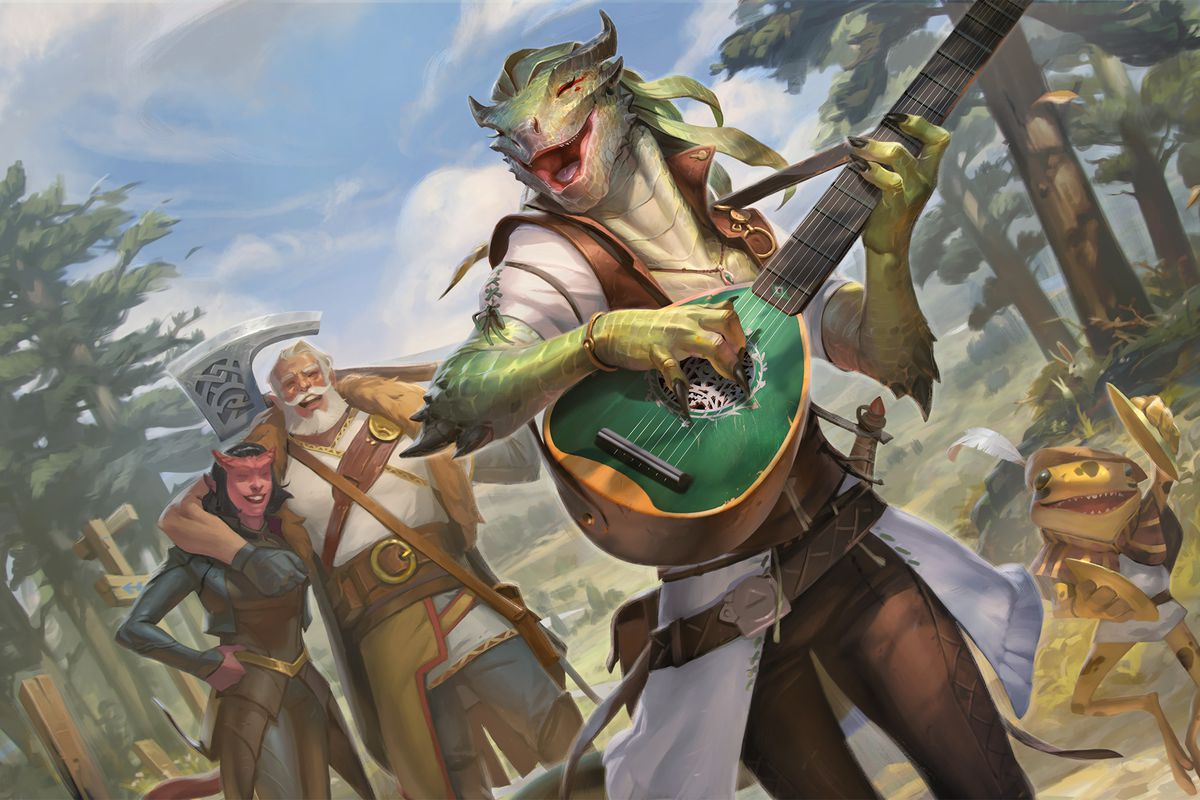Medieval Demographics re-visited & Greyhawk Demographics Finally Resolved

We've all read S. John Ross' seminal Medieval Demographics Made Easy [MDME], I presume. I for one adore S. John Ross and have spent long hours on his excellent gaming blog . Trouble, his piece not as usable as it presents itself to be. At least not for the kind of fantasy setting that seeks to emulate a world with some measure of wilderness to explore. Ross' baseline seems to be pre-Black Death 14h century Europe. But I don't consider this to be a good era to use, since it reflects a time where the remnant frontiers of Europe were basically non-existent and internal development in terms of arable land and infrastructure fully exploited. I would rather look to the 11th century, which strikes a good middle ground between being solidly in the high Middle Ages, but not yet having maximized its population, arable cultivation and development potential. There were still frontiers, tribal lands and unexploited and unexplored lands to find, alongside well developed ...





